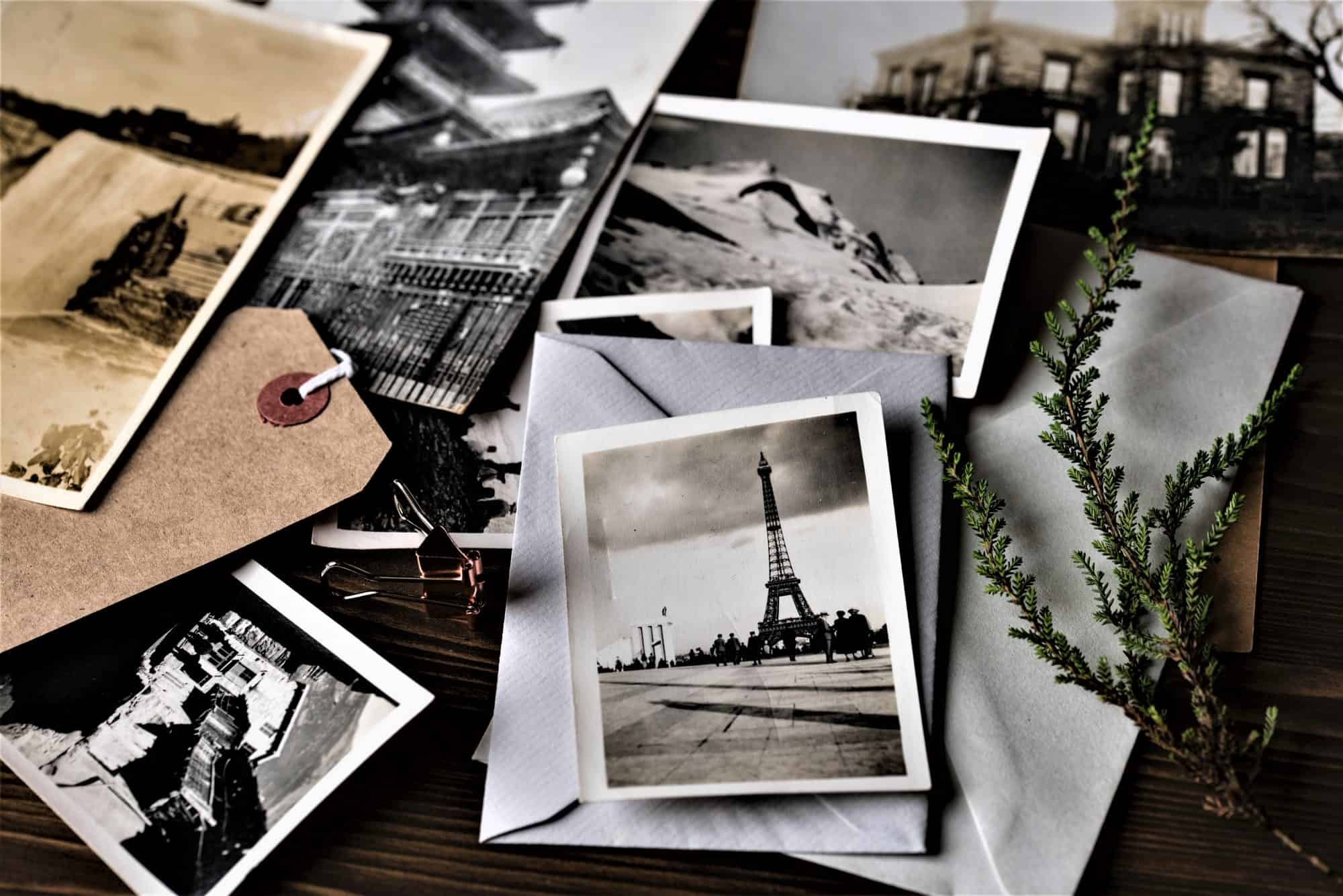\]
From picnicking on oysters and champagne on a beach where sand dunes meet the ocean in Namibia, (see Namibia: Oysters and Champagne Where Sand Dunes Meet the Ocean), Cindy De Michele Hock of the Netherlands travels this week to one of the last remaining wilderness areas of the former German colony, which used to be known as German South West Africa.
Here Cindy encounters desert elephants and meets descendants of the Herero people, who have survived near extincton caused by droughts, war, and an attempted genocide.
Harsh Conditions
Kaokoland in the Kunene region of Northern Namibia is one of the last remaining wilderness areas of the country. Isolated from the outside world, Kaokoland offers incredible mountain sceneries, rugged landscapes, gigantic baobabs, and delicately waving makalani palm trees.
Conditions are harsh, and there is little respite at midday, but in the early morning and late afternoon, this arid landscape is richly coloured by softly glowing pastel shades.
Kaokoland offers refuge to the desert dwelling African elephant and is home to the Himba people, an ancient tribe of semi-nomadic pastoralists. During the Apartheid era, Kaokoland was one of 10 “bantustans” in Namibia, black African homelands under South African administration.
Today, the Kunene region remains the wildest and least populated area of Namibia, bordered in the south by the Hoanib River and in the north by the Kunene River. It also borders the former Portuguese colony of Angola.
The capital of Kunene is Opuwo, which – not without reason – means “The End” in the Herero language.
Desert Elephants
Most tourists visit Kunene for its main attraction: the desert adapted elephants. The only other place in Africa where these animals can also be seen is in Mali, on the edge of the Sahara Desert.
The number of elephants in Kunene has dropped drastically in recent years because of extreme drought and poaching – the latter resulting in the extinction of the black rhino in this part of Namibia – but those remaining continue, as many generations before them, their harsh lives in this extreme environment.
The secret of their survival is their knowledge of limited food and water resources, which is passed on from one generation to the next.
Ecotourism
Before heading off to the better known Namibian tourist attractions, some people visit the Ruacana Falls and, 84 miles downstream on the Angolan-Namibian border, the Epupa Falls.
White water rafting is possible between both falls, and swimming is allowed – but beware of the crocodiles!
The falls – which dry up in the dry season – are no match for Victoria Falls on the Zambezi River between Zambia and Zimbabwe but are still among the biggest and most impressive waterfalls in Africa.
Himba – Descendants of the Herero
But while most tourists fill up their gas tanks in Opuwo, the only place with petrol in the area, some stay, curious about stories of “okoruwo’ (sacred fire), holy oxen, and “omiti” (witchcraft).
The Himba are descendants of the earliest Herero people and live in simple cone-shaped homesteads made of saplings bound together with palm leaves and plastered with mud and dung. They rub their bodies with “otjize”, a mixture of red ochre, ash, and fat to protect their skin against the extreme conditions of the desert climate.
After having overcome near extinction caused by droughts, a genocide attempt under German colonial rule, and the civil war in neighbouring Angola, the Himba have resurged and have maintained their tribal heritage; they still live and dress according to ancient traditions and live in scattered settlements in Kaokoland.
Slender and Statuesque
Himba women are unusual sculptural beauties, slender and statuesque, with intricate hairstyles and goat-skinned mini-skirts, and traditional iron and copper adornments.
The Himba women take care of most of the work around the village – the children, the cattle, the building of homes – while the men engage in political and administrative affairs.
Some Himba villages can be visited but because of the sensitive nature of their culture, it is recommended to use a local guide. Not in the least because the whereabouts of the Himba are subject to seasonal changes!
A permanent and more tourist friendly village that can easily be visited without a guide is situated near Kamanjab.
Sustainable Tourism
The Epupa Falls Lodge is a tented camp on the banks of the Kunene River. A full-board stay includes a visit to a Himba village, a visit to the Epupa Falls, a sundowner, and a self-guided hike. Benefits from tourism are partly donated to development opportunities for the local community.
Travel Essentials
Epupa Falls Lodge – Telephone: +264 61 23 27 40. From NAD 1,260 pp (USD 151 / GBP 97).
How to Get There
Air Namibia links Windhoek, the nation’s capital, with Johannesburg and Capetown, South Africa, Frankfurt, Germany, and several other African destinations. Click on the following link for more information: Air Namibia.
Opuwo can be reached by taking the B1 from Windhoek to Otjiwarongo, then taking the C38 to Outjo, the C40 to Kamanjab, and the C41 to Opuwo. ‘C roads’ are generally gravel roads, and a four-wheel drive is recommended.
The Epupa Falls Lodge is on the D3700. If ‘C’ is for gravel then ‘D’ is for… exactly, do not even try this if not in a four-wheel drive!
Cindy De Michele Hock
Born in Amsterdam in the Netherlands, Cindy De Michele Hock studied law and history in the Netherlands before moving to Rome, Italy, to permanently live with her then boyfriend. She is a freelance lawyer and legal translator.
A few years later, Cindy and her boyfriend moved to Scotland, where they got married. They did volunteer work for one year in Namibia. They are now concluding a six month stay in Sri Lanka. Then it’s back to Scotland.
“We’ll continue traveling, especially in Namibia and Africa!!!” says Cindy, who describes herself as “an enthusiastic wildlife photographer and writer”.
“I love wildlife, the great outdoors, new cultures, and languages.”
